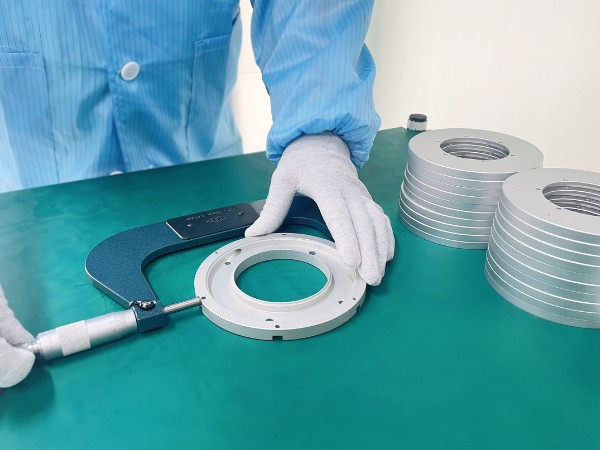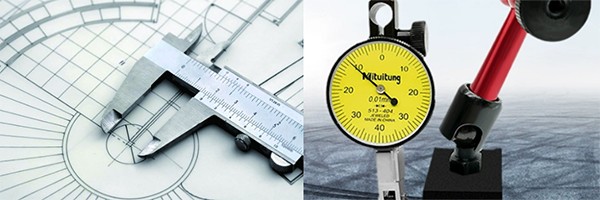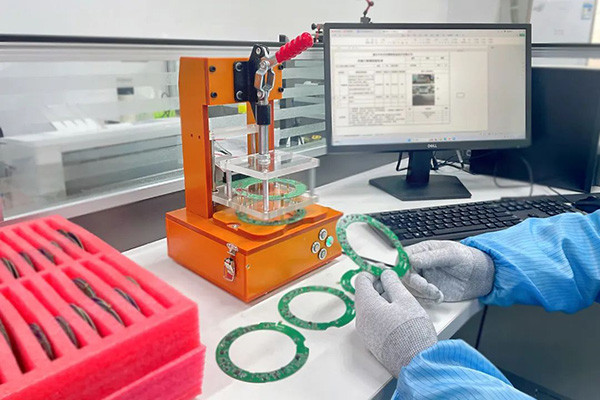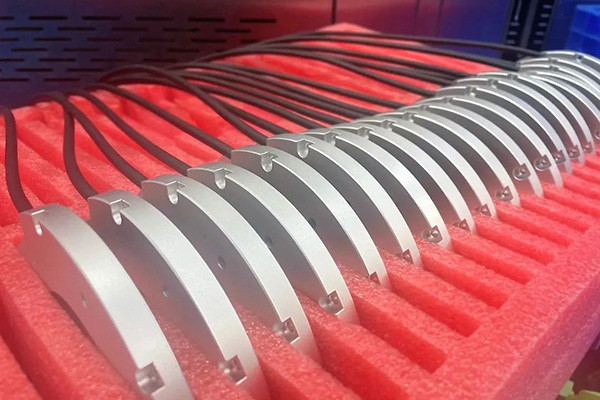The domestic and international sales of time grating encoders are increasing day by day, not only due to the high precision and cost-effectiveness of the products, but also inseparable from the interlocking quality management.
In this issue, we will interview the quality inspection department and discuss quality management together. Regarding the issue of encoder quality control, let's hear from the quality inspection department!

Raw material quality monitoring
The quality of raw materials is an important factor that directly affects the quality of encoders. To ensure the quality of raw materials, the following measures are taken.
1. Establish a qualified supplier system, comprehensively screen supplier qualifications, cooperate with certified suppliers, and ensure the reliability and stability of raw materials.
2. Establish a raw material inspection mechanism, arrange dedicated personnel to conduct strict testing and sampling of incoming materials, and ensure that the incoming raw materials meet the requirements of product design and technical specifications.
Production process quality monitoring
Process control is the core and key step of product quality control, mainly including the following content.

1. Control and maintenance of equipment. Control and maintain equipment, tools, and measuring instruments that affect product quality characteristics, verify their accuracy before use, store and protect them reasonably, and regularly verify and recalibrate them. For important indicator testing equipment, it is calibrated every six months to ensure the accuracy and production capacity of the equipment.
2. Material control. Identify the types, quantities, and requirements of materials and parts required in the production process to ensure the quality of process materials is qualified and to maintain the suitability and adaptability of products during the process. Identify the status of materials during the process to ensure traceability of material identification and verification status.
3. Establish a standard SOP production process. Strictly define the requirements and key points of each process to ensure that the quality of each process is controllable. Provide training and assessment for each process workstation to ensure that the operation instructions and quality inspection versions for each encoder process are correct.

4. First piece inspection. Inspect the first few products produced in each batch, and only those that pass all performance tests can proceed with mass production to avoid the impact of non-conforming products on encoder quality and production efficiency.
5. Inspection and spot checks. Conduct patrols and sampling inspections on key processes to promptly identify, identify, and resolve quality issues during the production process, prevent defective products from flowing into subsequent processes, ensure normal production order, and play a role in verifying the process and ensuring the implementation of process requirements.
6. Control of quality inspection status. Identify the inspection status of finished products in the process, distinguish unverified, qualified, or unqualified products by identifying the certificate of conformity, and identify the responsibility for verification through identification.
7. Isolation of non-conforming products. Develop and implement control procedures for non-conforming products, promptly identify and isolate non-conforming products for storage, supervise the handling methods of non-conforming products, and prevent the sale and outflow of non-conforming products.
8. Cause analysis. Trace and analyze the non-conforming phenomena and their causes, propose rectification suggestions, and focus on verifying the rectification results, in order to continuously improve production methods and reduce the incidence of similar phenomena.
9. Establish a production record and traceability mechanism to comprehensively analyze and track the production process.
Testing and validation of the final product
After the encoder assembly is completed, strict testing and verification are carried out to ensure that the performance and reliability meet the expected requirements.

1. Functional testing. Conduct comprehensive tests on the accuracy, repeatability, speed stability, and other functions of the encoder to ensure compliance with design requirements.
2. Reliability testing. By simulating the actual usage environment and conducting long-term running tests on the encoder, its reliability and stability are verified.
3. High and low temperature impact testing. Simulate various temperature and humidity conditions to test the adaptability and stability of the encoder in different environments.
INQUIRY NOW
